Laser Hair Removal Recovery: Expert Tips for Faster Healing
After laser hair removal, temporary redness and swelling (like a sunburn) last 24-72 hours, with pro…….
In the realm of aesthetics and personal care, laser hair removal has emerged as a game-changer, offering a permanent solution to unwanted body hair. However, beyond the technology itself, a critical aspect often overlooked is the recovery time associated with this procedure. Understanding and optimizing laser hair removal recovery time is essential for ensuring patient satisfaction, minimizing complications, and fostering the growth of this industry. This comprehensive article delves into every facet of laser hair removal recovery, exploring its significance, global impact, economic implications, technological advancements, regulatory landscape, challenges, case studies, and future prospects.
Definition: Laser hair removal recovery time refers to the period required for the skin to heal and return to its normal state after a laser hair reduction treatment. This phase is characterized by various physiological changes as the body re-establishes its balance post-procedure.
Core Components:
Inflammatory Response: After the laser emits its energy, a cascade of inflammatory responses occurs. This includes the activation of immune cells and the release of cytokines, leading to redness, swelling, and mild pain or discomfort.
Cellular Repairs: Over the following days, skin cells initiate repair processes. Keratinocytes (skin cells) proliferate to fill in any hair follicle gaps left by the laser treatment.
Pigmentation Adjustments: In some cases, skin pigmentation may temporarily change, leading to hyperpigmentation or hypopigmentation. This is a result of melanin production fluctuations during the healing process.
Hair Growth Suppression: The primary goal of laser hair removal is to inhibit future hair growth. During recovery, the treated area remains smooth and hair-free for an extended period, often with significantly reduced regrowth rates compared to traditional methods.
Historical Context: Laser hair removal technology has evolved over several decades, with early attempts dating back to the 1960s. The development of more advanced lasers in the late 20th century revolutionized the field. Today, laser hair removal is a widely accepted and sought-after aesthetic procedure, thanks to its efficiency, safety, and permanent results compared to shaving or waxing.
Laser hair removal recovery time has a significant global impact, with varying trends across regions:
North America: The United States and Canada lead in laser hair removal market share, driven by high disposable incomes and a culture of aesthetics. Strict regulatory frameworks ensure safe practices, impacting recovery times positively.
Europe: Countries like Germany, France, and the UK have embraced laser hair removal, with a focus on clinical efficacy and patient comfort. European trends emphasize advanced technologies and personalized treatment plans, influencing recovery experiences.
Asia Pacific: This region witnesses rapid growth in laser hair removal, particularly in countries like China and Japan. Cultural shifts towards body smoothness, coupled with technological advancements, drive market expansion. Recovery time preferences may vary, influenced by local aesthetics standards.
Latin America and Middle East: These regions are witnessing increasing demand due to rising disposable incomes and a growing focus on personal care. The impact of social media and celebrity culture promotes laser hair removal as a desirable aesthetic treatment.
The global laser hair removal market is experiencing robust growth, projected to reach USD 13.7 billion by 2028, according to a report by Grand View Research. This expansion is attributed to factors like increasing consumer preferences for permanent hair reduction, rising disposable incomes, and the emergence of advanced technologies.
Private equity firms and venture capitalists are increasingly investing in laser hair removal startups, fueling innovation and market penetration. These investments target not only established players but also emerging technologies that promise enhanced recovery experiences and improved patient outcomes.
Laser hair removal contributes to economic growth through:
Job Creation: Clinics, spas, and medical centers employing specialized technicians and support staff.
Revenue Generation: Direct revenue from treatments and associated products (e.g., aftercare creams).
Tourism: International tourists seeking laser hair removal procedures in destinations known for their aesthetic services.
Pulse Duration and Frequency: Advances in laser technology have led to shorter pulse durations, allowing for more precise targeting of hair follicles without damaging surrounding skin. Higher frequency lasers also reduce treatment times.
Wavelength Diversity: Different wavelengths (e.g., 800nm, 1064nm) are used to target various skin and hair types, ensuring optimal results and minimized side effects.
Cooling Systems: Advanced cooling mechanisms, such as contact cooling or cryogen sprays, enhance patient comfort during treatment by reducing heat exposure.
Image-guided laser systems utilize advanced imaging techniques to visualize the skin and hair follicles precisely. This technology improves treatment accuracy, reduces side effects, and allows for personalized treatment plans tailored to individual needs.
The integration of smart devices and telemedicine platforms enables remote monitoring of patient recovery, facilitates aftercare guidance, and provides convenient access to clinical support, enhancing overall patient experiences.
Regulatory bodies worldwide play a crucial role in ensuring laser hair removal safety and efficacy:
FDA (U.S.): The U.S. Food and Drug Administration regulates laser devices, setting standards for safety, effectiveness, and labeling.
EMA (Europe): The European Medicines Agency evaluates medical devices, including lasers, for market authorization, ensuring compliance with stringent criteria.
Local Authorities: Regional bodies in various countries further regulate laser hair removal practices, licensing clinics, and enforcing safety protocols.
One of the primary challenges is managing patient expectations regarding recovery times. Some individuals may have unrealistic expectations, leading to disappointment if their skin does not heal as quickly as they anticipated. Educating patients about the typical recovery process is essential.
Skin sensitivity or allergies to aftercare products can delay healing. Providing clear instructions for post-procedure skincare and recommending hypoallergenic options can mitigate these risks.
Recovery times vary significantly based on factors like skin type, hair density, treatment area, and individual metabolism. Clinicians must consider these variations when counseling patients and setting expectations.
Complications, though rare, include pigmentary changes, temporary hypopigmentation/hyperpigmentation, and in rare cases, infection or scarring. Proper aftercare instructions, including protection from sunlight and use of recommended products, are vital to minimize these risks.
A successful clinical approach involves:
Personalized Treatment Plans: Tailoring treatments to individual needs based on skin type, hair growth patterns, and desired outcomes.
Advanced Cooling Techniques: Utilizing cutting-edge cooling systems to enhance patient comfort during and after procedures.
Multidisciplinary Team: Collaborating with dermatologists, nurses, and estheticians to provide comprehensive care and educate patients.
Pre-Treatment Counseling: Thoroughly explaining the procedure, potential side effects, and recovery process to set realistic expectations.
Post-Treatment Support: Offering ongoing support via telemedicine or in-clinic visits to address concerns and ensure optimal healing.
Community Building: Creating online platforms or groups where patients can share experiences and tips, fostering a sense of community and reducing anxiety.
The future of laser hair removal recovery holds promising possibilities:
Personalized Medicine: Advanced genetic testing and AI-driven analyses will enable highly personalized treatment plans, optimizing recovery outcomes.
Minimally Invasive Techniques: Continued development of micro-lasers and other minimally invasive approaches may further reduce side effects and enhance patient comfort.
Digital Integration: Artificial intelligence, augmented reality, and virtual reality could revolutionize pre-treatment counseling, making it more interactive and engaging.
Global Market Expansion: With increasing disposable incomes and a growing acceptance of aesthetics worldwide, the market is poised for significant growth, particularly in emerging economies.
Laser hair removal recovery time is a critical aspect of this industry that requires ongoing attention and optimization. By understanding the physiological processes involved, embracing technological advancements, adhering to regulatory standards, and prioritizing patient education and care, professionals can enhance recovery experiences and ensure long-term satisfaction. As the field continues to evolve, the focus on recovery will remain a key differentiator in the competitive laser hair removal market.

After laser hair removal, temporary redness and swelling (like a sunburn) last 24-72 hours, with pro…….
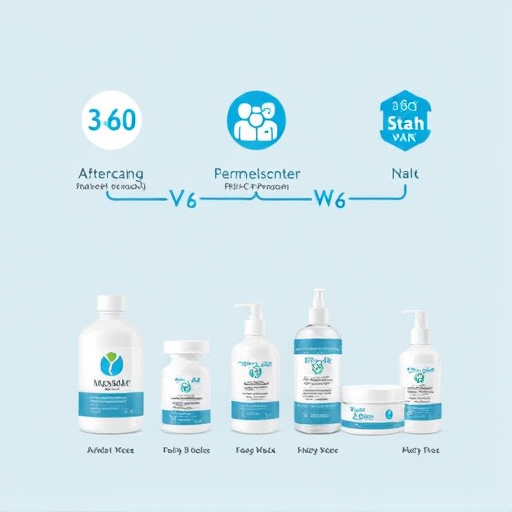
Optimal laser hair removal recovery involves structured care. Initial redness and swelling are norma…….
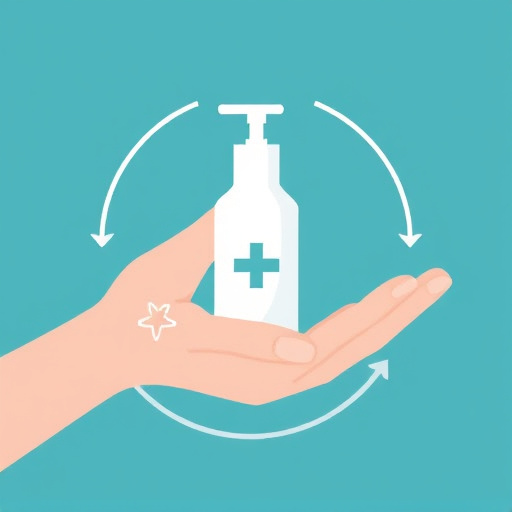
The laser hair removal recovery period lasts from a few days to a week and varies based on skin type…….

The laser hair removal recovery process varies by individual, with redness and swelling typically la…….
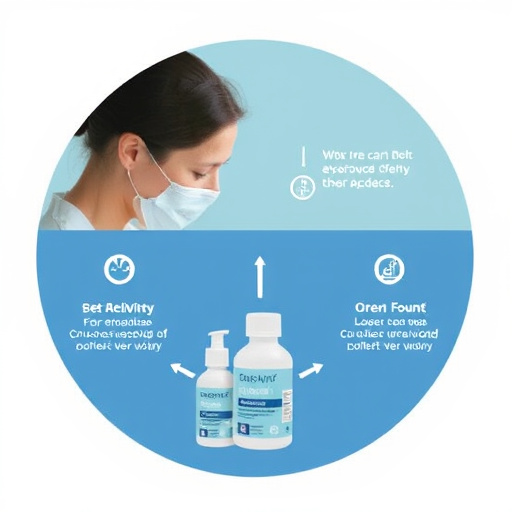
Laser hair removal can lead to smoother, hair-free skin, but understanding and optimizing the recove…….
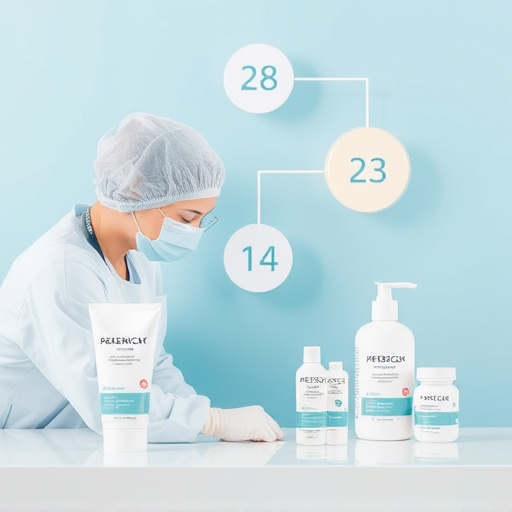
Laser hair removal offers permanent hair reduction with a typical recovery period of 24-48 hours pos…….

Laser hair removal recovery involves managing immediate side effects like redness and swelling (24-4…….
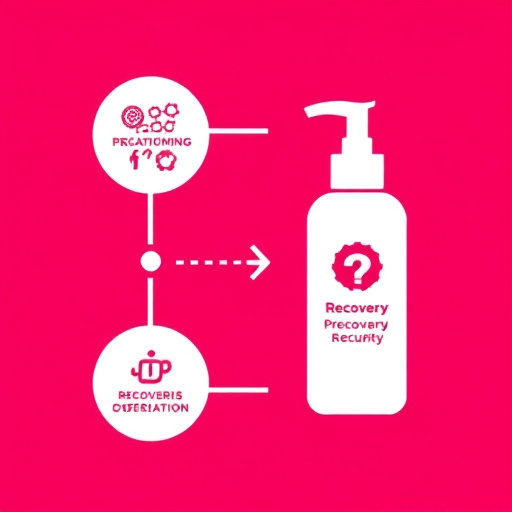
Laser hair removal recovery varies based on skin type, treatment area, and individual healing, lasti…….
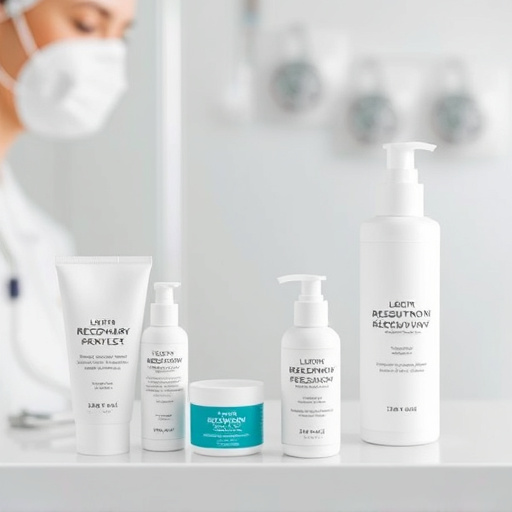
Laser hair removal offers smooth, hair-free skin with minimal (one to two days) downtime, varying by…….

Laser Hair Removal Recovery: A Comprehensive GuideUnderstanding laser hair removal recovery is essen…….